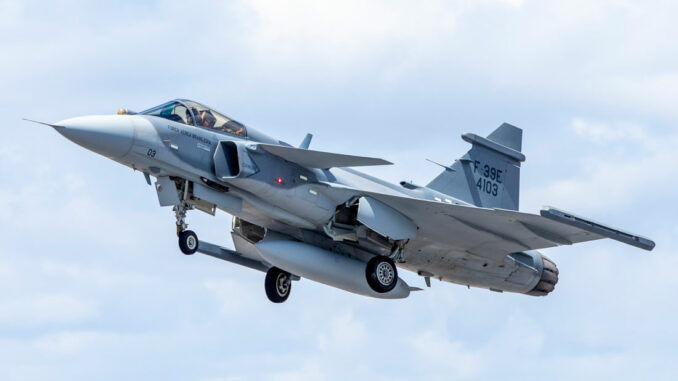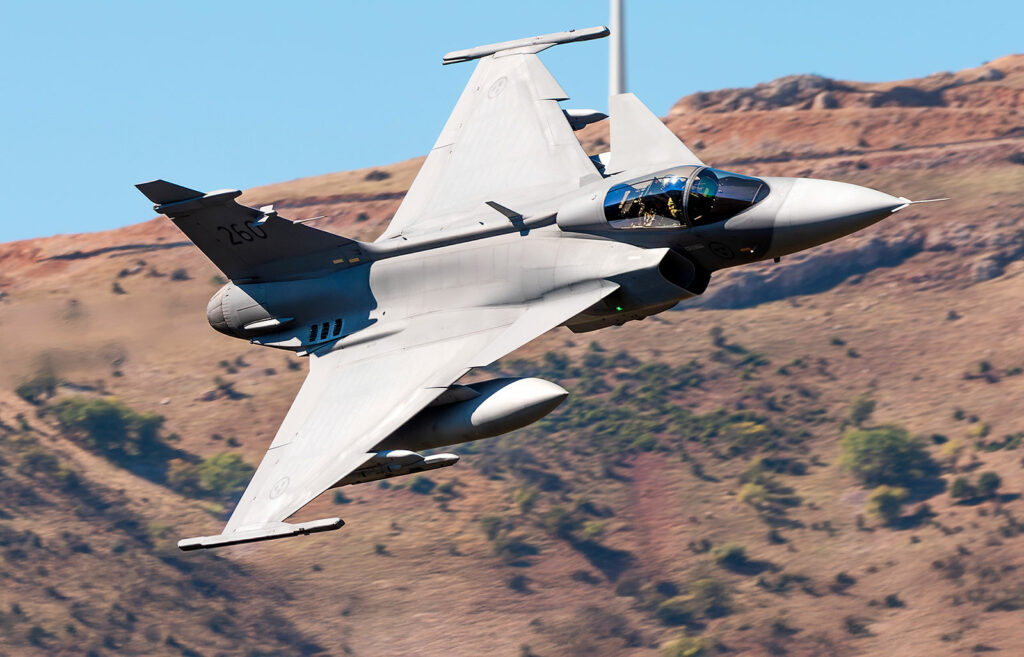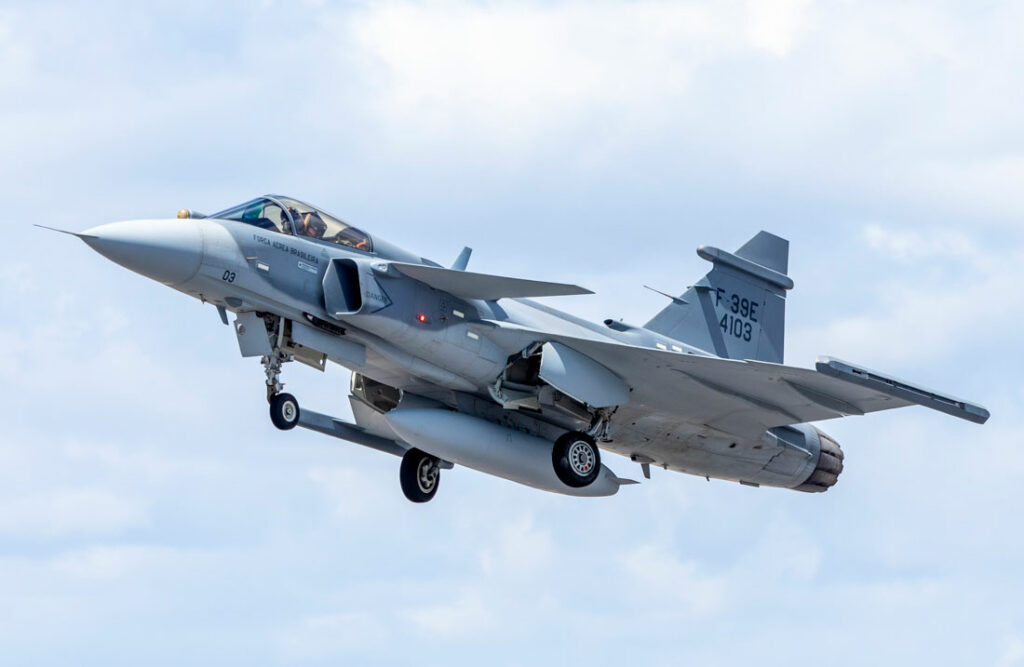
Thailand approves the purchase of 12 Saab Gripen E/F aircraft, incorporating technology transfers and within a strict budget.
Thailand has confirmed its intention to purchase 12 Saab Gripen E/F, Sweden’s new generation fighter jets, to modernize its air fleet. This choice reflects a national priority: to have a competitive military aviation thanks to technology transfers and a controlled budget. The Gripen E/F outperforms Lockheed Martin’s F-16 Block 70/72 in terms of cost and local technological integration.
A strategic and budgetary choice
Thailand’s decision was based on two main criteria: staying within budget and technology transfer. Defense Minister Phumtham Wechayachai confirmed his support for the acquisition, stating that the Gripen E/F meets the country’s specific needs.
The cost of the program is estimated at 1 billion euros, including infrastructure and technology transfer. By comparison, the F-16 Block 70/72 would have cost around 20% more, without offering the same guarantees in terms of industrial collaboration.
The technology transfer will enable Thailand to strengthen its local maintenance and modernization capabilities. In particular, Saab is committed to working with Thai manufacturers to develop technical skills, a strategic asset for the country’s military autonomy.

Gripen E/F: a versatile, modern aircraft
The Saab Gripen E/F is a multi-role aircraft designed for a variety of missions, from air superiority to ground strikes. Technical specifications include :
- Maximum speed: Mach 2 (2,470 km/h).
- Operational range: 1,500 km without refueling.
- Stealth capabilities: Optimized design to reduce radar signature.
- Advanced systems: AESA radar, IRST sensors, and open architecture for easy upgrades.
Its unit cost of 85 million euros, lower than that of competitors, makes it an economically viable option for developing countries.
Gripen is also renowned for its operational flexibility. It can take off from short or damaged runways, an essential feature for countries with varied infrastructures.
Competition and geopolitical issues
The Gripen E/F was preferred to the F-16 Block 70/72 despite a revised offer from Lockheed Martin that included the modernization of 18 Thai F-16 Block 15s. This offer included the integration of new communication systems, advanced data links and “friend-or-foe” reconnaissance capabilities.
However, Saab was able to prevail thanks to a strategy based on industrial partnership and technological cooperation. This choice reflects a growing trend among Asian countries to diversify their suppliers in order to reduce their dependence on the United States.
From a geopolitical point of view, this contract could strengthen bilateral relations between Thailand and Sweden. It also illustrates the growing attractiveness of European products on the Asian defense market, often dominated by the USA and Russia.
Thailand’s air fleet: the need for renewal
The Royal Thai Air Force (RTAF) currently operates 11 Gripen C/Ds and several versions of the F-16, including the Block 15. However, these aging aircraft no longer fully meet modern mission requirements.
The Gripen E/F will :
- Modernize the fleet with fifth-generation aircraft.
- Strengthen defensive capabilities in a region of growing tensions.
- Complement existing Gripen C/D aircraft to standardize operations and maintenance.
Thailand also plans to upgrade its air infrastructure to accommodate the new fighters, including adapted hangars and advanced maintenance facilities.

Economic and technological implications
This contract, worth an estimated 1 billion euros, generates economic opportunities for Thai manufacturers. By collaborating with Saab, the country will be able to develop local skills, reduce its dependence on imports, and potentially export services linked to Gripen maintenance.
In military terms, Thailand is positioning itself as a more autonomous player in the region. This increased autonomy could encourage other Asian nations to follow a similar path, increasing the competitiveness of European offerings against American and Russian solutions.
A decision that marks a strategic turning point
With this contract, Thailand is modernizing its defense while investing in its technological future. The Saab Gripen E/F, with its competitive cost and advanced capabilities, meets the specific needs of the Royal Thai Air Force. This choice reflects a desire to diversify strategic partners and strengthen local capabilities, in an ever-changing geopolitical context.
War Wings Daily is an independant magazine.